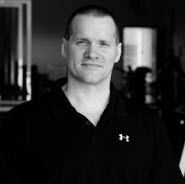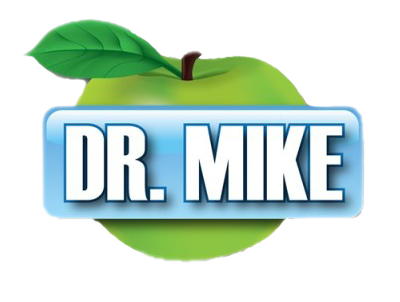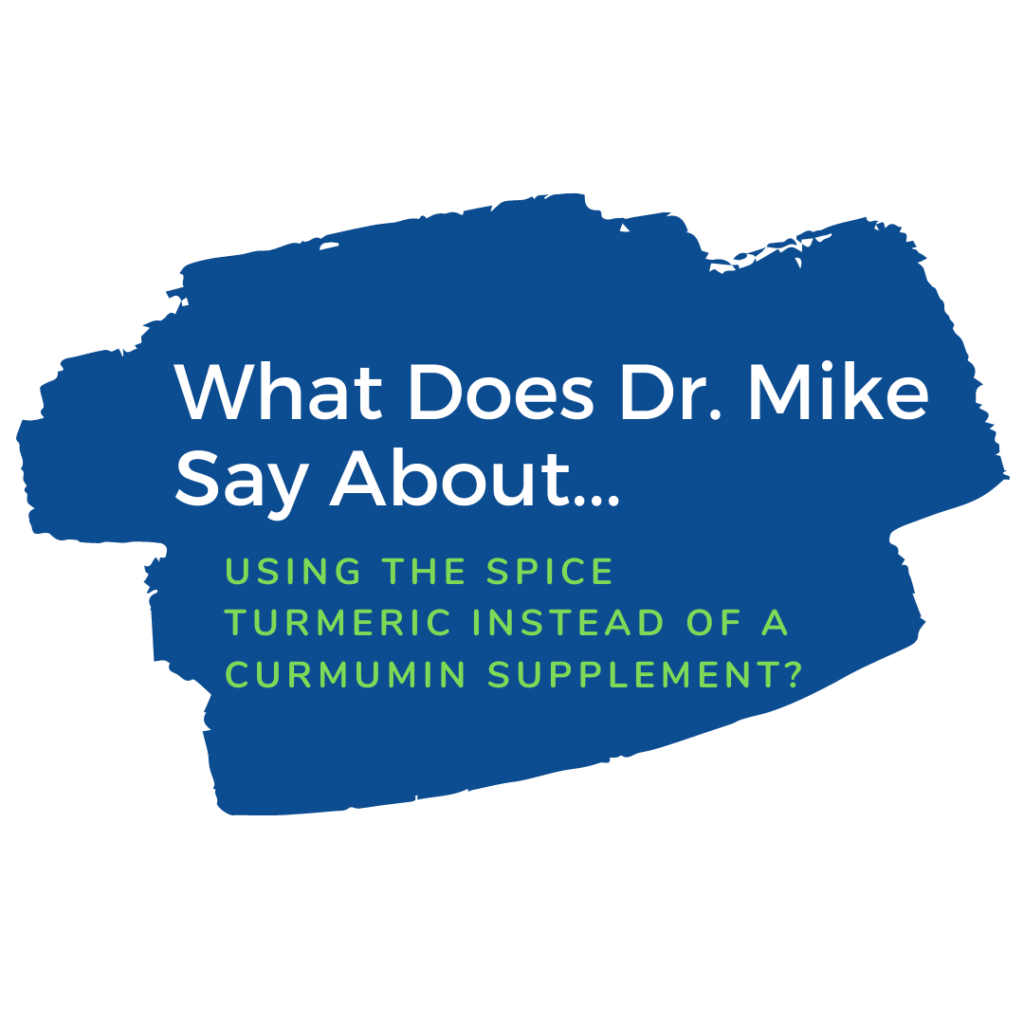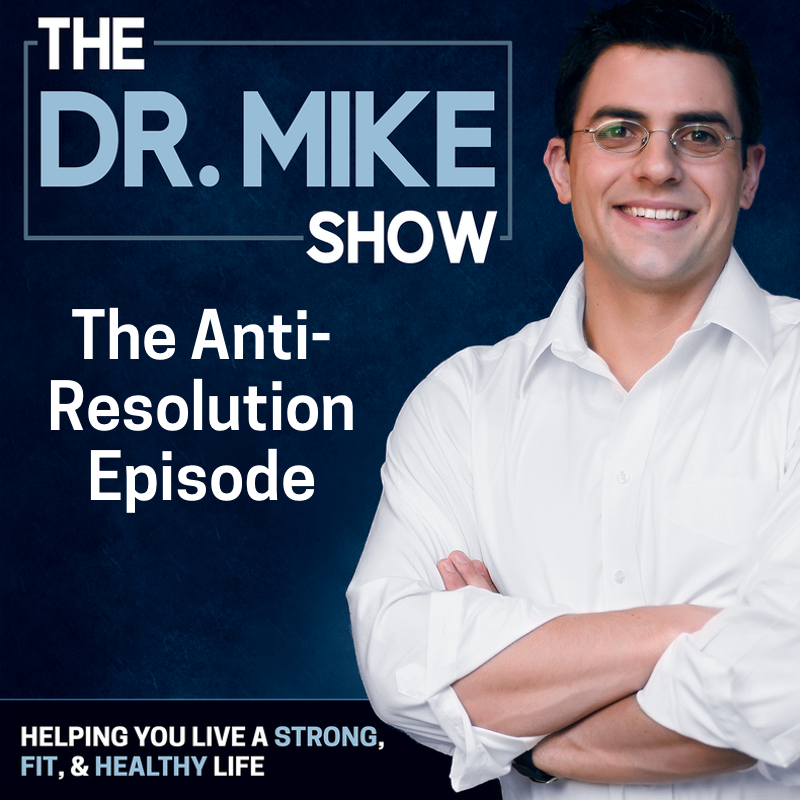The ‘Next Level Interviews’ is a series that I’ve created to help give you the more interesting and effective health and fitness information available. I’ve sought out the definitive leaders in their field, to ask them what they are currently working on, and what they find personally interesting regarding health and wellness.

Bill Hartman, PT, CSCS, USAW is the co-owner of Indianapolis Fitness and Sports Training, and has been a physical therapist and sports performance coach in Indianapolis for over 17 years.
As a physical therapist, Bill has worked in a variety of settings with a specialization in orthopedics and sports medicine. He has received advanced training in treatment of spinal disorders to include spinal mobilization, treatment of lumbo-pelvic disorders, shoulder rehabilitation, knee rehabilitation, core conditioning, and treatment of soft-tissue disorders. Bill is also an Active Release Techniques Practitioner, with credentials to treat upper extremity, lower extremity, and spinal disorders.
A lifetime athlete, Bill has been competitive in the sports of javelin, collegiate football, bodybuilding, and powerlifting. He has been a contributing writer to numerous magazines and created multiple DVD sets. www.BillHartman.net
What is an area that you are focusing on with clients now that you previously did not emphasize?
“I don’t think it’s a matter of not addressing it in the past but looking at the primary target of treatment being the nervous system above all and getting better at accessing it has changed almost everything about how I work with people over the last 5-10 years. Every aspect of the interaction with the client matters and impacts the outcome. What I say, how I say it, how I look, the color of my treatment room, how I apply manual techniques or exercises are all inputs that are processed by the client’s nervous system. The more consideration I give to each aspect of treatment interaction or a training session, it’s remarkable to see the rate of change in the patient or client. In many cases, the changes are instantaneous.”
What is the thing you find the most exciting about what you are doing now with clients?
“The most exciting thing is seeing the rate of change in my clients and the improvement in their outcomes. Seeing a client go from hopelessness to smiling when the experience and instantaneous change in their pain or movement never gets old. It motivates me to learn more and to continue to get better at what I do as a physical therapist and performance coach.”
What are your top 3 key daily habits that you find most valuable to your overall health and well-being?
“Daily meditation. This is probably one of the most misunderstood activities that contribute to our well-being. What meditation actually provides is practice in accessing the executive functions in the prefrontal cortex of the brain. The changes that you notice is that you are less likely to overreact to a situation emotionally, you can think more clearly, and make better decisions on a regular basis. While this is case of more is better, you only need a few minutes of day to improve your executive function.
Daily exercise. It need not be strenuous every day, but you need to move every day. Every system in our bodies benefits from regular exercise especially the brain. When we exercise at a sufficient intensity and for long enough duration, our brains actually create new brain cells that are available to make new connections. While all biological systems decline with age, we can certainly slow that decline with enough exercise.
Daily learning. I’m a much better and more motivated student today than I ever was when I was completing my formal education. Everything about what I do in regard to my work is more interesting, more exciting, and motivates me to learn more and get better at what I do. Besides, if I exercise to create more brain cells, they get pruned away if I don’t use them.”
What is one area that you think is important for overall health and wellness that you think most people under appreciate?
“Human movement. Your ability to move effectively, efficiently, and without pain is a construct of the brain generated from signals delivered via internal sensors from every part of your body, external sensation from the major senses, previous experience, and emotions. The brain frees or restricts our ability to move based on the perceived threat to you from all this information it receives in predictable measureable patterns. Identifying these patterns can tell us whether something is wrong with our overall health in the most noninvasive way available.
Ask a child to walk the length of a 2 x 4 board lying on the floor, and he may do so casually. Raise the board 10 feet off the ground, threat increases and so does his behavior and muscle tone. Your posture and expression (another form of movement) change when you have an upset stomach or headache. Changes in movement can be subtle or extreme. The more threatening the information our brain receives, the more significant the limitation in normal movement.
I believe this works both ways as well. The better we move and our ability to maintain that movement, the better our overall health.”
Check out more from Bill at www.assessandcorrect.com and www.billhartman.net
Thank you Bill!





